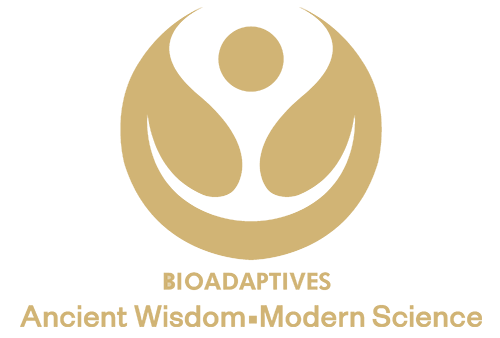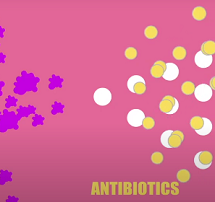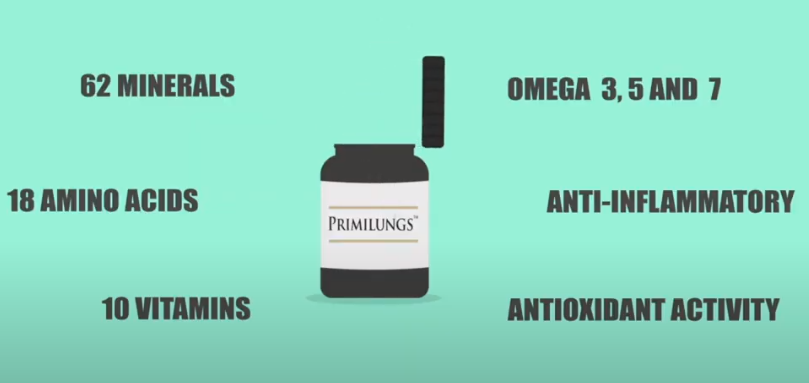BREATHING AND THE LUNGS
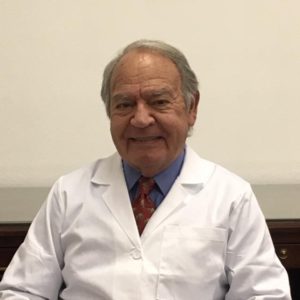
Edward E. Jacobs, Jr, MD (Dr Ted), a graduate of Princeton and Harvard Medical School, is a biotechnology consultant with over 25 years experience in biopharmaceutical and medical device development, as well as, 35 years of teaching and direct patient care. His drug development experience has involved international human and animal trials, including medical support for the FDA and global regulatory affairs. Dr. Jacobs received surgical training at Harvard and held research positions at the National Heart, Lung and Blood Institute, Bethesda, MD, and at St. Thomas’ Hospital Medical School, London. He has served as an Assistant Clinical Professor at Harvard Medical School, on the Scientific Advisory Board of the Armenise-Harvard Foundation and the Publications Committee for the New England Journal of Medicine. His current focus is on natural supplement formulations for human and animal use, anti-aging strategies, and primitive cell biology. He is an author of more than 40 scientific publications and is the holder of four patents.
The Air We Breathe and Making Sure We Get Enough Oxygen.
Our every breath is vital. We can go three weeks without eating, three days without water, but only three minutes without a breath. Air is the very essence of life. But, how does our breathing, something so critical to life, work? How do the lungs work?
Air is a mixture of gases composed of a little more than 20% oxygen and a little less than 80% nitrogen with very small amounts of carbon dioxide, argon, and other elements. The main reason we inhale air and breathe in is to extract the oxygen and absorb it into the bloodstream. When we breathe out, we rid our bodies of carbon dioxide, a waste gas produced in the body during energy production.
The rate of breathing and the amount of oxygen needed for each breath are both regulated by internal sensors. The amount of oxygen needed by the body changes according to several factors like activity and health status. For example, we need less oxygen when we are sleeping and much more while running a marathon. Oxygen requirements are also much greater during intense infections.
Breathing in is caused by negative pressure in the lungs, as the ribs expand outward and the diaphragm contracts downward to create a larger chest cavity size. Breathing out comes from positive pressure, created by inward movement of the ribs and elevation of the diaphragm.
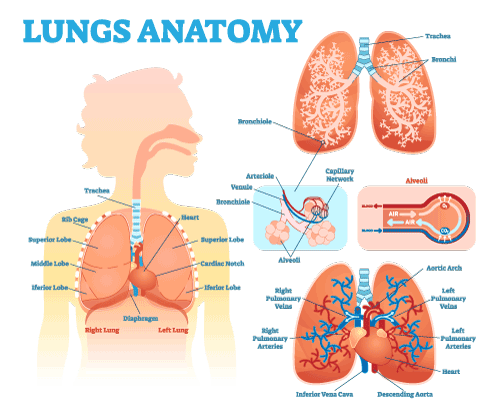
Lung Structure
Lower Airway Passage – The Tracheobronchial Tree
When we take a breath in, air enters the body through the nose or mouth and passes into the windpipe, or trachea, before entering the left or right lung main conduits called bronchi. The air then passes through a series of progressively smaller branching pipes called bronchioles that resemble a tree.
Air Sacs – Alveoli
Finally, at the end of the bronchial tree, the air enters many tiny, thin walled air sacs, called alveoli. This is where oxygen is absorbed into the bloodstream flowing through tiny blood vessels called capillaries. Although the alveoli are microscopically small, their combined surface area available for gas exchange is calculated to be the size of one half of an entire tennis court per person! During inhalation, the bronchioles and alveoli dilate slightly to allow more air to enter and during exhalation, these structures contract to help expel more air. (Check out the picture above where bronchiole and one air sac (alveolus) showing oxygen going into the bloodstream)).
Healthy lungs not only collect oxygen from the air, they also expel a waste product of energy production, carbon dioxide, released from the bloodstream into the air. The exchange of oxygen and carbon dioxide helps to maintain a healthy acid/alkaline balance of the blood which is important for many chemical reactions in the body. The lungs also help to regulate body temperature by allowing excess heat to escape in the air that is exhaled.
Lung Defense and Dirty Air
The main defense against invaders, like viruses, bacteria, and hazardous polluting particles, is the specialized cilia lining cells of the bronchioles. These small hairs work together with a variety of immune cells, which are embedded in the pulmonary (or lung) structures and circulate everywhere throughout the lung.
The cilia lining cells have billions of tiny finger-like projections that are constantly in motion, sweeping in waves like wind blowing over a wheat field. The cilia lining cells are covered by a thin layer of sticky mucus that traps airborne particles, including viruses, and sweeps them up and out of the lungs. This continuous, self-cleaning system can be paralyzed and destroyed by tobacco smoke. Lack of ciliary activity is a major reason smokers have a much higher incidence of lung infections, chronic obstructive pulmonary disease (COPD), and lung cancer.
The army of immune cells in the lung positions some of its soldiers along the bronchiole passages acting as early responders to incoming threats, while others are ready to defend closer to the air sacs. In addition, some immune cells are mobile, patrolling in the blood circulation, and available to quickly migrate into a trouble area to join the fight.
So it is clear that you need to have healthy Lungs whether you are sleeping or climbing a mountain.


Dirty Air and Germs, like viruses and bacteria, can threaten our Breathing. Strong Lungs and a Battle-Ready Immune System are critical partners to defend our ability to Breathe.
Everyone knows that having Strong Lungs and a Powerful Immune System are needed more than EVER! In our current situation, at least we’ve figured that out.
We all want to understand what is happening but, we have to accept that even the experts are not certain when and what to expect next.
Whether you are a retired Senior or have a job on the Front Lines, you know that making sure you are in top condition is the highest priority every day.
These statements have not been evaluated by the Food and Drug Administration. The product is not intended to diagnose, treat, cure, or prevent any disease.
BioAdaptives.com
